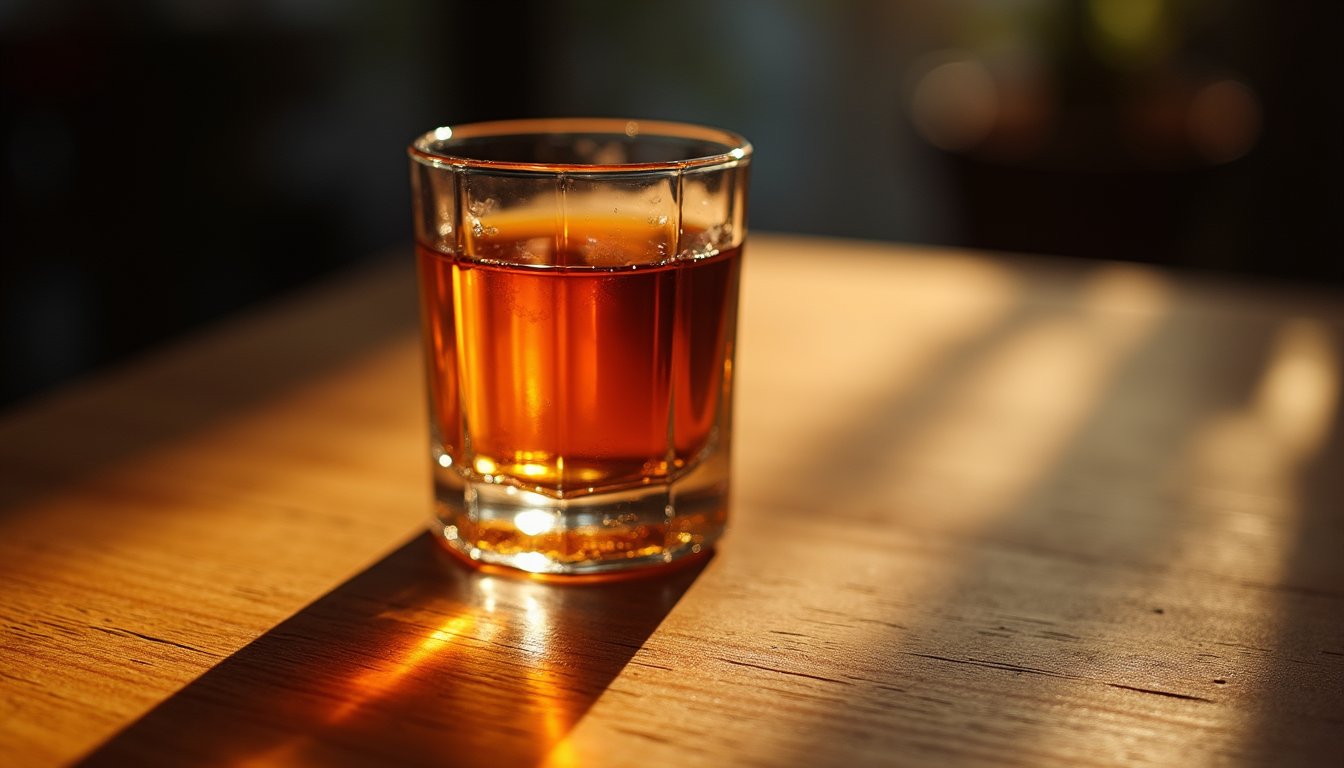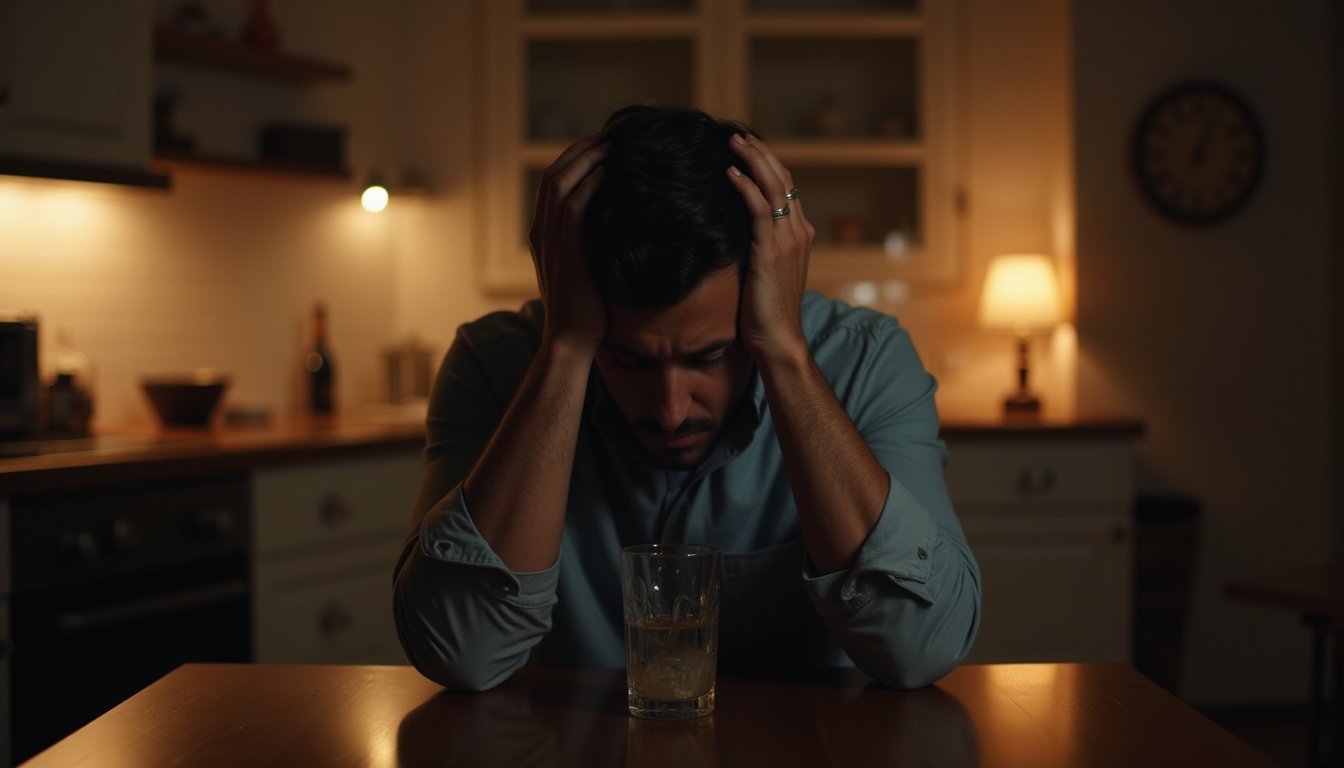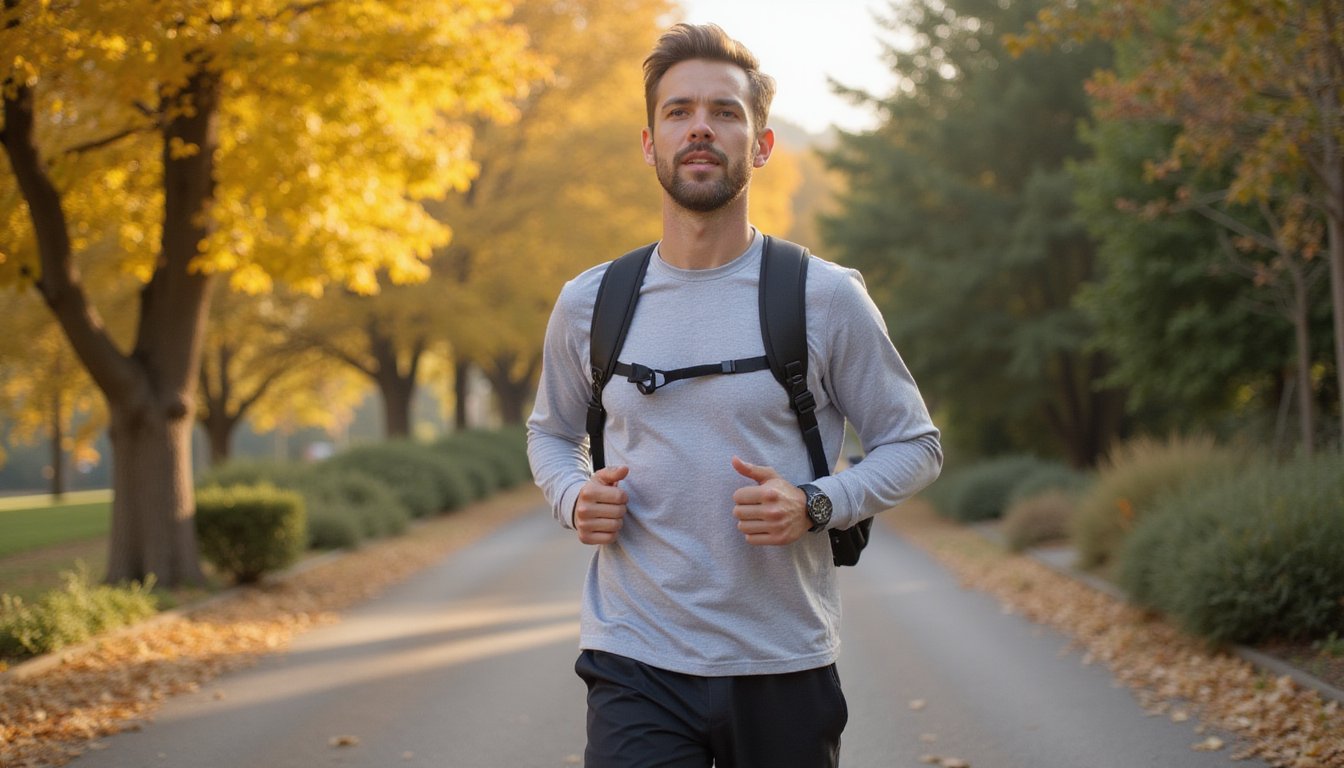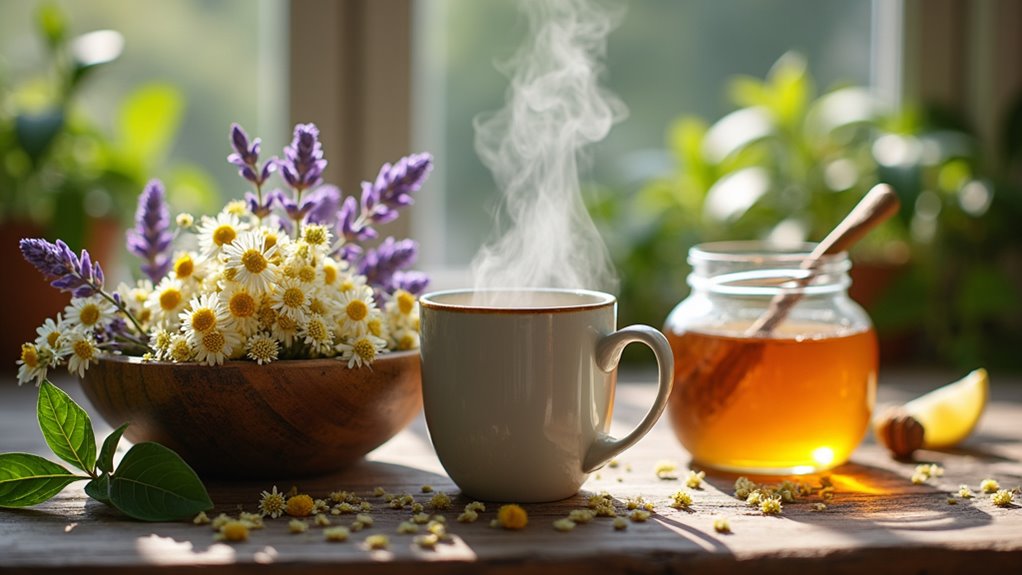Alcohol cravings can profoundly impact your recovery through powerful biological and environmental triggers that make abstinence challenging. These urges stem from changes in your brain’s reward system and can amplify when you’re exposed to familiar drinking locations or social situations. You can reduce cravings by avoiding high-risk environments, developing healthy coping skills, and building strong support networks. Understanding the science behind your cravings and identifying personal triggers will equip you with more effective strategies for long-term success.
Understanding the Science Behind Alcohol Cravings

When you experience alcohol cravings, complex biological mechanisms in your brain drive the urge to drink. Your brain’s neurotransmitter system disruptions, particularly involving dopamine and adenosine in the nucleus accumbens, create powerful motivations to consume alcohol. These changes affect both your “go” and “stop” pathways, making it harder to resist drinking impulses. Research shows that H-Ras signaling in the brain’s reward system acts as a key molecular trigger for alcohol-seeking behaviors.
Through repeated alcohol use, your brain undergoes epigenetic adaptation mechanisms that alter how your genes function. These adaptations create lasting changes in brain circuits, especially in regions controlling reward and stress responses. Recent research has shown that CRF neurons play a critical role in driving alcohol-seeking behavior in the brain. The interaction between dopamine release and other signaling molecules strengthens cravings over time, while changes in your central amygdala intensify withdrawal symptoms and the urge to drink. Understanding these biological processes helps explain why cravings can feel so overwhelming during recovery. A protein called adimer helps amplify these cravings by linking dopamine and adenosine pathways in the brain.
The Impact of Triggers and Environmental Cues
Environmental triggers pose significant challenges in your recovery expedition, from familiar drinking spots to social gatherings where alcohol flows freely. Research shows that the environments and contexts where you previously consumed alcohol can become powerful relapse triggers long after your last drink. Being in places like bars and restaurants tends to intensify alcohol cravings based on extensive research findings. The development of cravings is particularly intense during adolescent years, when initial experiences with alcohol begin forming lasting patterns. You’ll need to recognize your unique risk patterns, such as specific locations, social circles, or emotional states that consistently spark cravings. By understanding these personal triggers, you can develop targeted strategies to navigate high-risk situations and maintain your commitment to reducing alcohol consumption.
Common Environmental Risk Factors
Understanding the powerful role of environmental triggers can make a pivotal difference in managing alcohol cravings. Your immediate surroundings and community topography can profoundly impact your recovery odyssey. Living near multiple alcohol outlets or being exposed to targeted advertising strategies can increase your vulnerability to cravings by up to 11%. Studies show that online alcohol promotions and home delivery services have made access easier during recent lockdowns. Community resource gaps in lower-income neighborhoods often coincide with a higher density of alcohol retailers and advertisements, creating supplementary challenges. Your home environment matters too – living with others who drink or experiencing domestic stress can intensify urges. Recent virtual reality research demonstrates that exposure to virtual bar environments can trigger significant cravings, especially in heavy drinkers. Research shows that experiencing adverse childhood experiences significantly increases the likelihood of developing alcohol dependency later in life. Even visual cues like seeing bottles or glasses can spark automatic craving responses, especially if you’re a heavy drinker. Being aware of these environmental risk factors helps you better prepare for and navigate potential triggers during recovery.
Managing Social Drinking Situations
Social drinking situations present complex challenges for those in recovery, triggering both psychological and environmental pressures that can test your resolve. You’ll face heightened risks in these settings, as social pressure accounts for up to 90% of reported relapses, particularly during the initial six months of recovery.
Research shows that individuals with low social support tend to experience more severe substance use issues and elevated relapse risks. It’s important to note that men face twice the likelihood of relapsing compared to women. Studies indicate that early treatment significantly improves recovery outcomes, with those receiving alcohol treatment showing ten times greater remission rates. Effective social event planning is essential for maintaining abstinence goals. You can strengthen your resistance by practicing refusal skills beforehand and connecting with abstinence-based support networks. Consider seeking guidance from recovery groups and developing stress management techniques for challenging social scenarios.
Building a network of supportive, non-drinking friends greatly improves your chances of sustained recovery. When you can’t avoid drinking environments, focus on engaging in alternative rewarding activities and keep in mind that each exposure to alcohol-free social settings reinforces your recovery adventure.
Identifying Personal Trigger Patterns
When you’re working to overcome alcohol dependency, recognizing your unique trigger patterns becomes a critical foundation for lasting recovery. Through careful cue recognition and stimulus control, you’ll learn to identify both external and internal factors that spark cravings. Early intervention is especially important since reward circuits develop before impulse control during adolescence. Having honest communication with your healthcare team about triggers and cravings helps create an effective treatment plan tailored to your needs.
| Trigger Type | Common Examples | Prevention Strategy |
|---|---|---|
| Environmental | Bars, parties, music | Avoid high-risk locations |
| Social | Drinking friends, gatherings | Set clear boundaries |
| Emotional | Stress, anxiety, loneliness | Develop healthy coping skills |
| Physical | Fatigue, hunger, discomfort | Maintain self-care routine |
| Time-based | After work, weekends | Create new daily patterns |
Your brain has formed strong connections between these triggers and alcohol use through repeated exposure. Research shows that neuronal changes from long-term alcohol use can heighten your sensitivity to stress and environmental triggers, making recognition of these patterns even more crucial. By mapping out your personal patterns, you’ll better understand when and why cravings occur, allowing you to develop more effective prevention strategies and strengthen your recovery expedition.
Breaking Down the Statistics of Relapse
The sobering reality of alcohol recovery shows that over 75% of individuals experience at least one relapse within their initial year after treatment. While this statistic might seem discouraging, understanding long-term relapse patterns reveals hope: your risk drops notably after each year of sobriety, falling to just 7.2% after five years in recovery.
Initial treatment effectiveness data shows you’re twice as likely to maintain sobriety with proper support compared to attempting recovery alone. When you receive treatment, you’ll have a 40-43% chance of remaining abstinent after one year, versus 21-23% without help. The key is persistence – while two-thirds of relapses occur in the early six months, your chances of sustained recovery improve dramatically with each passing year of sobriety.
Identifying Early Warning Signs and Risk Factors

Recognizing early warning signs of alcohol dependency can markedly improve your chances of maintaining sobriety and preventing relapse. Early risk marker identification focuses on behavioral changes like repeated failed attempts to cut down drinking, growing cravings, and using alcohol to cope with stress.
Through vital risk factor assessment, you’ll notice physical warning signs including increased tolerance, withdrawal symptoms, and sleep disturbances. Watch for lifestyle changes such as neglecting responsibilities, withdrawing from activities you once enjoyed, and continuing to drink despite obvious problems. Your risk increases if you have a family history of alcohol use disorder or co-occurring mental health conditions.
Pay attention to escalation patterns, including more frequent blackouts and denial of emerging issues. These signs often appear before physical dependence sets in, making early intervention essential for recovery success.
Evidence-Based Treatment Approaches
When you’re ready to take action against alcohol cravings, research shows that combining FDA-approved medications like Naltrexone or Acamprosate with behavioral therapy offers the highest success rates. You’ll find that evidence-based approaches such as Cognitive Behavioral Therapy and Mindfulness Training can help you develop practical coping skills while reducing the intensity of cravings. Your healthcare provider can work with you to create a personalized treatment plan that may include medication support, therapy sessions, and mindfulness practices to strengthen your recovery expedition.
Medication-Assisted Recovery Options
Medical science has made substantial advances in treating alcohol use disorder through FDA-approved medications that can effectively diminish cravings and prevent relapse. Your doctor may prescribe primary medications like naltrexone or acamprosate, which work by blocking alcohol’s rewarding effects and helping normalize brain chemistry. These medications can greatly improve your treatment adherence and bolster your ability to engage in therapy.
You’ll find that medication-assisted treatment offers an extensive approach to recovery. When integrated with behavioral therapy, these medications can reduce your risk of relapse while supporting your overall recovery path. For cases where primary treatments aren’t effective, alternatives like topiramate or baclofen may be considered. The key is working with your healthcare provider to find the medication that best suits your specific needs and recovery goals.
Behavioral Therapy Success Rates
Research consistently demonstrates the effectiveness of behavioral therapy approaches in treating alcohol use disorder, particularly Cognitive Behavioral Therapy (CBT). Studies show CBT can improve recovery outcomes by 15-26% compared to minimal treatment, with 25% of outpatients and 48% of aftercare patients achieving abstinence at 15 months.
Treatment duration and engagement greatly impact your success. While CBT is effective, you’ll achieve better outcomes through longer-term, intensive treatment programs that combine therapy with full-spectrum support services. You’ll find that continued engagement in therapy, along with family involvement and community support, strengthens your recovery journey. Digital CBT options may offer additional benefits, showing promising results in reducing cravings and hazardous drinking. When combined with medication-assisted treatment, your chances of maintaining sobriety increase substantially.
Mindfulness Training Benefits
Mindfulness-based interventions consistently demonstrate powerful benefits for reducing alcohol cravings through multiple neurological and behavioral pathways. By engaging in mindfulness training, you’ll strengthen your prefrontal cortex functioning and amplify neural plasticity, helping you disengage from alcohol-related triggers more effectively.
Regular mindfulness practice improves your stress regulation by increasing heart rate variability and reducing automatic responses to cues that typically prompt drinking urges. Instead of suppressing cravings, you’ll learn to accept and observe them without acting, which prevents the exhausting cycle of resistance and rebound effects. The practice also augments your executive functioning, including working memory and decision-making skills, while rewiring reward processing pathways in your brain. Research shows these changes lead to better long-term recovery outcomes and fewer relapses compared to traditional treatments alone.
Building a Strong Recovery Support System
Building a strong support system can make or break your recovery trek. Research shows that people who engage in peer mentorship programs and family counseling services experience markedly lower relapse rates, as low as 8% compared to the typical 65-70% in the inaugural year after treatment.
You’ll find greater success by actively participating in peer-led support groups and maintaining connections with others in recovery. These relationships provide accountability, understanding, and practical strategies for managing cravings. Don’t underestimate the power of family involvement, structured activities and therapy sessions with loved ones can strengthen your recovery foundation. Consider joining community recovery programs or campus-based support networks if you’re a student. They’ve proven particularly effective at fostering both sobriety and academic success while reducing isolation and stigma.
Lifestyle Changes That Reduce Craving Intensity

While managing alcohol cravings can feel overwhelming, targeted lifestyle modifications can considerably reduce their intensity and frequency. By implementing strategic changes across multiple areas, you’ll strengthen your ability to resist urges and maintain recovery momentum.
| Area | Action | Benefit |
|---|---|---|
| Exercise | Self-selected physical activity | Reduces consumption, improves mood |
| Nutrition | Bioenergetic modifications | Decreases craving intensity |
| Mindfulness | Daily stress management | Amplifies emotional regulation |
Your recovery success can improve through nutritional supplementation with essential vitamins and minerals, particularly thiamine, zinc, and omega-3s. Combining regular exercise with mindfulness practices creates a powerful foundation for managing cravings. When you establish consistent sleep patterns and maintain a balanced diet, you’ll notice improved resilience against triggers and augmented overall well-being.
Long-Term Strategies for Sustainable Recovery
Achieving sustainable recovery from alcohol dependence requires an extensive, long-term approach that extends far beyond initial treatment. You’ll greatly improve your chances of success by building a strong support network through family connections, peer groups, and 12-step programs. Research shows that longer treatment durations of 90+ days, combined with individualized care plans, can increase your sobriety rates by up to 50%.
The importance of self-care and cultivating positive hobbies becomes essential as you progress. Focus on continuing education and skill development, as each additional year of education increases your remission odds by 16%. Remember, while most relapses occur in the early stages, your risk drops substantially after five years of sobriety. Stay engaged with aftercare programs and maintain connections with sober living communities to reinforce your recovery path.
Frequently Asked Questions
How Long Do Alcohol Cravings Typically Last After Stopping Drinking?
You’ll experience the most intense alcohol cravings during the preliminary 5-7 days after quitting, with peak intensity around 48-72 hours. The timeline for alcohol cravings varies extensively among individuals, typically decreasing over weeks to months. Factors influencing alcohol cravings include your drinking history, genetics, environment, and support system. While some people may find relief within weeks, others might experience occasional cravings for years, even with long-term sobriety.
Can Certain Foods or Drinks Trigger Alcohol Cravings?
Yes, certain foods can trigger alcohol cravings, particularly savory snacks and sweet desserts high in refined carbohydrates. You’ll want to be careful with foods that cause rapid blood sugar spikes and crashes, as they can intensify your urges to drink. To reduce these triggers, focus on eating lean proteins, whole grains, and plenty of fruits and vegetables. You’ll find it easier to manage cravings when you maintain stable blood sugar levels through balanced nutrition.
Does Exercise Intensity Affect How Quickly Alcohol Cravings Diminish?
Yes, higher-intensity exercise can help reduce your alcohol cravings more promptly than light activity. When you engage in moderate-to-high intensity workouts, even for just 10-30 minutes, you’ll experience a more substantial decrease in cravings. Combining exercise with mindfulness practices and mental distractions can amplify these benefits. You’ll see the best results during and shortly after your workout, especially if you maintain a “hard” exertion level that boosts your heart rate greatly.
Are Alcohol Cravings Stronger During Specific Times of Day?
Yes, your alcohol cravings follow predictable time of day patterns, typically being lowest in the morning around 8 AM and steadily increasing to peak in the evening around 8 PM. This timing is influenced by your body’s natural circadian rhythm influences. You’ll likely experience stronger urges during periods of high stress, especially in the afternoon and evening hours. Understanding your personal craving patterns can help you prepare effective coping strategies for these challenging times.
Do Prescription Medications Unrelated to Addiction Treatment Affect Alcohol Cravings?
Yes, your prescription medications dosage and interactions can impact alcohol cravings, even when they’re not specifically meant for addiction treatment. Medications that affect brain chemicals like dopamine, serotonin, or GABA may either increase or decrease your urges to drink. You’ll want to discuss all your medications with your healthcare provider, as they can monitor how these drugs might influence your cravings and adjust your treatment plan accordingly for the best possible outcomes.





